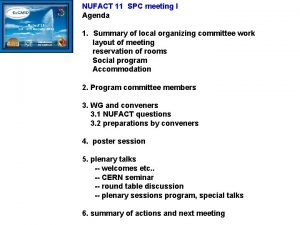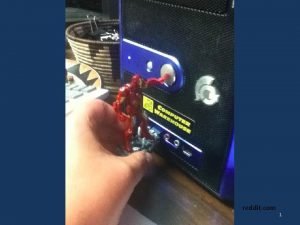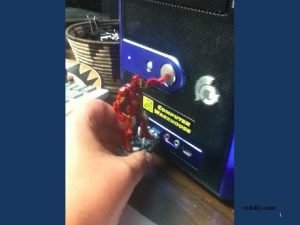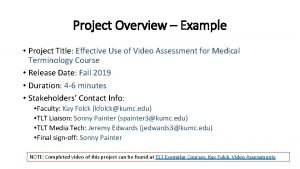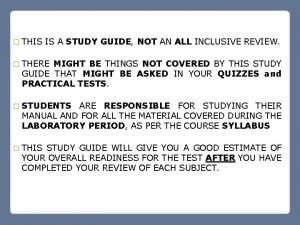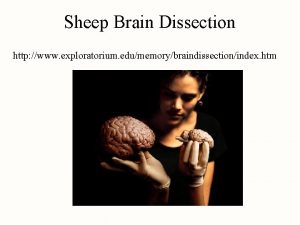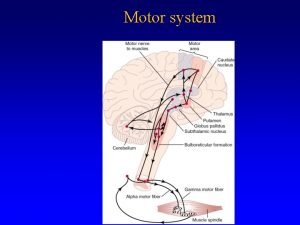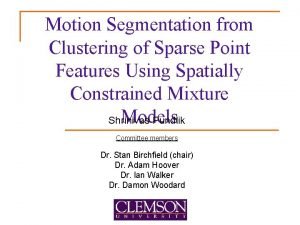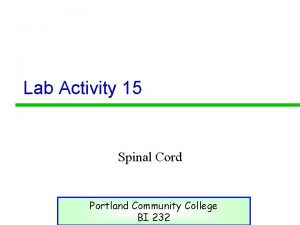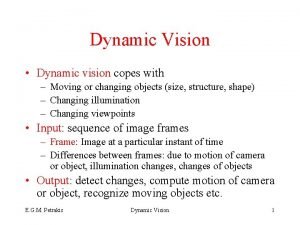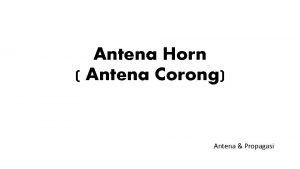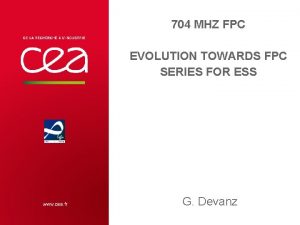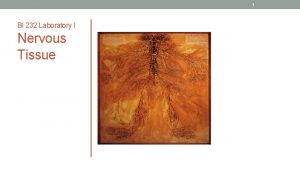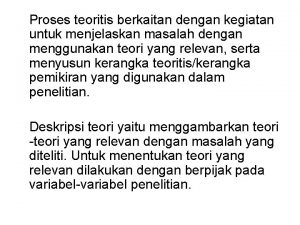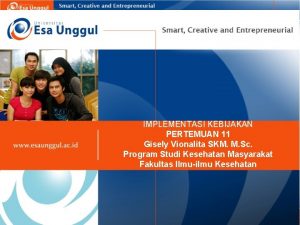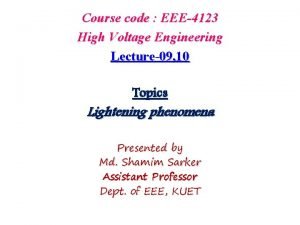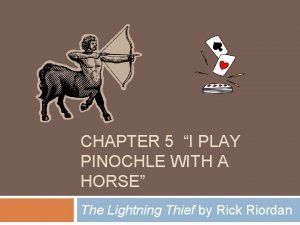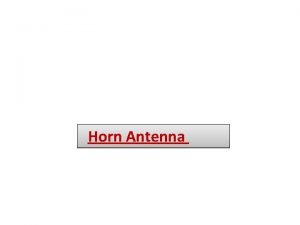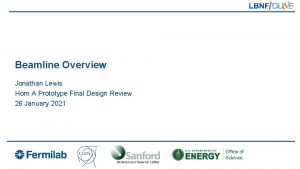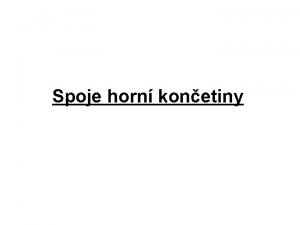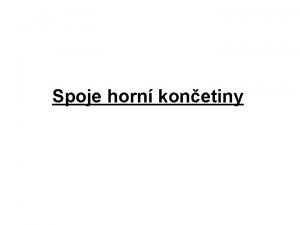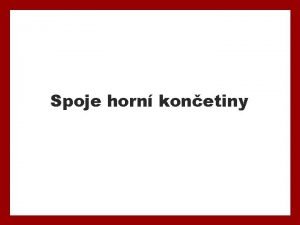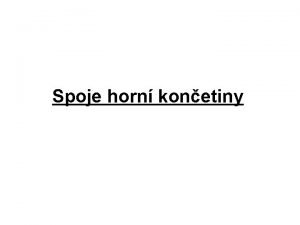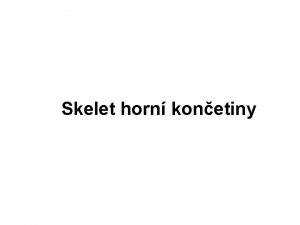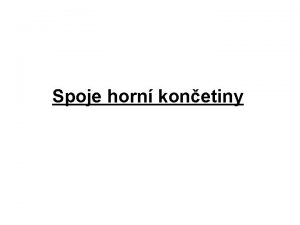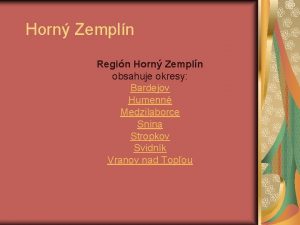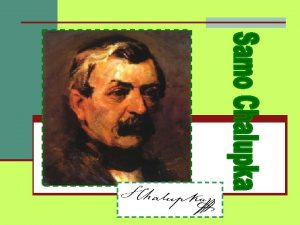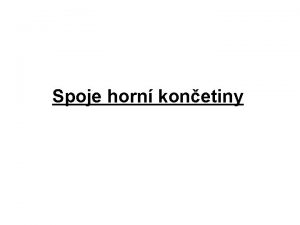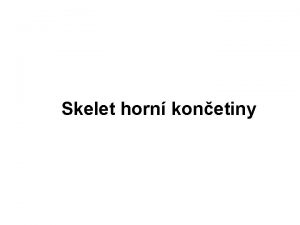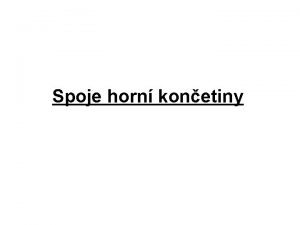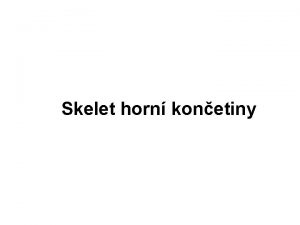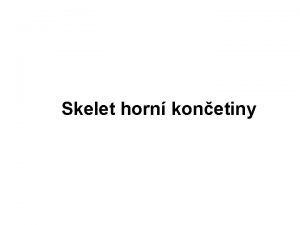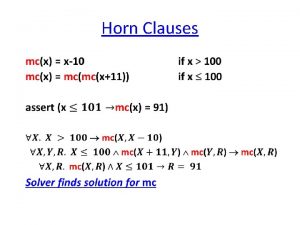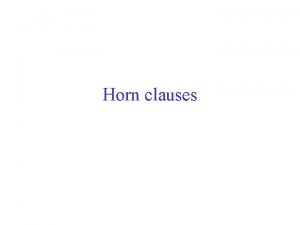HORN PROTOTYPE FOR NUFACT PROJECT Overview of mechanical





























- Slides: 29

HORN PROTOTYPE FOR NUFACT PROJECT Overview of mechanical design & construction 18 March 2002 S. Rangod 1

Contents • • • Goal Concept Main parameters & dimensions Water cooling system Material & Welding Mechanical design Construction phases (CERN workshop) Minimum lifetime Tests foreseen Conclusions 18 March 2002 S. Rangod 2

• Horn prototype developed in the frame of the NUFACT Target-Collector activity Working Group Autin B. - Gilardoni S. - Grawer G - Haseroth H. - Maire G. Maugain J-M. - Rangod S. - Ravn H. - Sievers P. - Voelker F. Reference: CERN-NUFACT Note 80 18 March 2002 S. Rangod 3

Goal • Verify the reliability of a 300 k. A-50 Hz horn built according the conventional technique of pulsed horns and providing a minimum lifetime of one month. 18 March 2002 S. Rangod 4

Proposed concept • This horn, subject of the presentation, could be the inner component of a two stages coaxial horns system. • The second outer horn could complete the focusing effect of the first inner one. • This second outer horn is not considered in this phase of the project. 18 March 2002 S. Rangod 5

Main Parameters • • Radius of the waist Peak current Repetition rate Pulse length • • 40 mm 300 k. A 50 Hz 93 ms Voltage on the horn rms current in the horn Power dissipation (by current) Skin depth 4200 V 14. 5 k. A 39 k. W 1. 25 mm 18 March 2002 S. Rangod 6

Main Dimensions • • Total length 1030 mm Outer diameter 420 mm Max diameter (electrical connection flange) 895 mm Free waist aperture 56 mm Waist outer diameter 80 mm Average waist wall thickness 6 mm Double skin thickness 2 mm 18 March 2002 S. Rangod 7

Dimensions comparison 18 March 2002 S. Rangod 8

Water cooling circuit • • • 1 Mean power dissipation in the horn by current (k. W) 0 Water flow needed with DQW 15 C (l/mn) Maximum allowable water flow in the horn (l/mn) Working water pressure (bar) 0 Expected temperature increase on the neck ( C) Pw. C 1/Pw. C 2 39 37 90 1 -1. 5 50 y 1 Pw. C 1: Power extracted through the annular channel Pw. C 2: Power extracted with showers from sprayers 18 March 2002 S. Rangod 9

Water cooling circuit 18 March 2002 S. Rangod 2 10

Choice of the alloy • AA 6082 -T 6 / (Al. Mg. Si 1) is an acceptable compromise between the 4 main characteristics: • • Mechanical properties Welding abilities Electrical properties Resistance to corrosion 18 March 2002 S. Rangod 11

E. B. Welding 1 • The prototype is entirely welded in the CERN workshop by Electron Beam Welding. • Advantages of EBW: Well adapted to thin wall thickness pieces. 0 Less deformations due to the narrow smelting bath (total angle: about 30 ). Excellent homogeneity (vacuum). Short transition area. Minimum loss of initial mechanical characteristics (no more than 15% to 20%). • Disadvantages of EBW: Delay generally longer. Higher precision required for the junctions. Higher cost (between 20% and 50% more, according the design and dimensions) 18 March 2002 S. Rangod 12

EBW – CERN INSTALLATION Beam source Vacuum tank 18 March 2002 S. Rangod 13

Mechanical design • Main features: Staying in conventional mechanical technology Thickness of the walls calculated for a minimum absorption. Improvement of the cooling efficiency. Low cost radiation hardness insulation. • Highlights: Creation of a double skin. Sprayers directly feed by an annular low pressure water film. Cooling circuit shared out for the waist zone Inner waist exchange surface magnified by a factor 2 (round shape inner screw thread) Ceramic balls used as spacers between inner conductor and double skin to ensure the concentricity of the both components. Use of a glass disc insulator. 18 March 2002 S. Rangod 14

E. B. Welding 18 March 2002 S. Rangod 2 15

E. B. Welding 3 Magnification: x 25 Under polarized light CERN/EST document 18 March 2002 S. Rangod 16

Longitudinal section Water inlets (circuit 2) Electrical connections to the strip-lines Glass insulator disc Outer skin Inner skin Water inlets (circuit 2) Water outlet 18 March 2002 S. Rangod 17

Inner conductor connection flange 18 March 2002 S. Rangod 18

Construction of the horn at CERN Drilling operation for radial holes 18 March 2002 S. Rangod 19

Construction of the horn at CERN Round shape thread inside the waist 18 March 2002 S. Rangod 20

Construction of the horn at CERN Punching of the outer skin 18 March 2002 S. Rangod 21

Construction of the horn at CERN • Glass insulator disc 18 March 2002 S. Rangod 22

Construction of the horn at CERN Front side assembly 18 March 2002 S. Rangod 23

Construction of the horn at CERN Inner conductor 18 March 2002 S. Rangod 24

Construction of the horn at CERN Inner and outer skins 18 March 2002 S. Rangod 25

Construction of the horn at CERN Spherical blind holes for ceramic balls spacers 18 March 2002 S. Rangod 26

Lifetime expected • Fatigue is the major design issue. Parallel study is going on ANSYS calculation of stresses and fatigue analysis (multi-axial stresses) First static calculations give tensile stress of 14. 8 Mpa (in the most critical section of the waist). 7 Considering that the limit of fatigue for 10 tractions is 100 Mpa, the 8 survival of the prototype for 2 x 10 pulses* (required value) does not seem unrealistic. *Corresponding to 6 weeks of working operation at 50 Hz 18 March 2002 S. Rangod 27

Tests foreseen • Step 1 a: 30 k. A / 1 Hz (May 2002) Vibration experimental tests (displacement capacitive sensor – W. Coosemans CERN/SU) • Step 1 b: Magnetic measurements (May 2002) • Step 1 c: 5000 A Dc (July 2002) Heat load transfer test • Step 2: • Step 3: 18 March 2002 D E N O P T 300 k. AP/O 1 SHz T E G D U B 300 k. A / 50 Hz IONS ! T C I R T S RE S. Rangod 28

Conclusions • Even, if phases of tests 2 and 3 are delayed or cancelled, step 1 a, 1 b and 1 c allow by extrapolation to confirm important results about the reliability and the transfer of the heat load. • Nevertheless, a lot of questions are still without answers, in particular • Installation of the target in the waist • Horn exchange • Mechanical support frame • Etc … 18 March 2002 S. Rangod 29
 Nufact
Nufact Horizontal prototype vs vertical prototype
Horizontal prototype vs vertical prototype Cpsc 481 reddit
Cpsc 481 reddit Actual mechanical advantage vs ideal mechanical advantage
Actual mechanical advantage vs ideal mechanical advantage Title of project example
Title of project example Sap ps overview
Sap ps overview Management topics for project
Management topics for project Wolfgang amadeus mozart horn concerto no. 4
Wolfgang amadeus mozart horn concerto no. 4 Anterior commissure of spinal cord
Anterior commissure of spinal cord French horn peter and the wolf
French horn peter and the wolf Arachnoid mater sheep brain
Arachnoid mater sheep brain Posterior funiculus
Posterior funiculus Anterior white column
Anterior white column Horn schunck optical flow
Horn schunck optical flow Gray commisure
Gray commisure Suprasellar cistern ct
Suprasellar cistern ct Efeito horn
Efeito horn Horn schunck optical flow
Horn schunck optical flow Saskia lehmann-horn
Saskia lehmann-horn Rhyming words for horn
Rhyming words for horn Antena horn
Antena horn Lateral horn of spinal cord function
Lateral horn of spinal cord function Lene horn
Lene horn Ess fpc
Ess fpc Anterior gray horn
Anterior gray horn Gambar model implementasi van meter dan van horn
Gambar model implementasi van meter dan van horn Gambar model implementasi van meter dan van horn
Gambar model implementasi van meter dan van horn Direct and indirect lightning
Direct and indirect lightning Why does grover say he retrieved the minotaur horn?
Why does grover say he retrieved the minotaur horn? Chapter 16 programming language
Chapter 16 programming language
